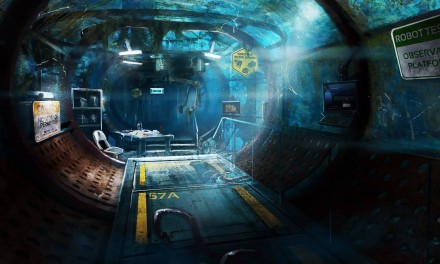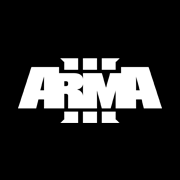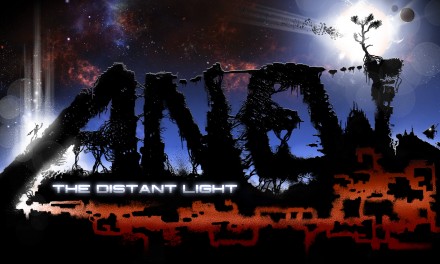Antichamber is a game like no other. Looking at its screenshots it may remind you of Portal, but the truth is that this game shares little with Valve’s acclaimed title. Alexander Bruce’s game is a puzzle game based on non Euclidean geometry. Those not familiar with the term, non Euclidean geometry is the branch of modern geometry in which certain axioms of Euclidean geometry are restated especially from the postulate that only one line may be drawn through a given point parallel to a given line.
For Antichamber Alexander Bruce’s inspiration was hidden under the lines of a bad written code. Bruce hit upon the idea when making a rookie coding error while trying to recreate the classic arcade and Nokia mobile phone game Snake. The error resulted in a geometry far more abstract and instead of controlling a snake, it was all about you navigating the virtual space, exploring and discovering.
The development of Antichamber took quite some time,and technically started at the end of 2006 according to its developer.At that time the project was known as Hazard: The Journey Of Life. Since then the project has appeared in various competitions and earned quite a few nominations and awards.
The game was featured in the showcase at the 2009 Tokyo Game Show Sense of Wonder Night. During the 2011 Independent Games Festival, Antichamber wound up as a finalist for the Nuovo Award, which recognizes “abstract, short-form, and unconventional game development.”Also in 2011, the game made it into the PAX 10 and wound up as a finalist in the 2011 IndieCade festival. In 2012, Antichamber took home the Technical Excellence Award at the Independent Games Festival.
On April 2, 2012, Antichamber became the seventh game to receive funding from the Indie Fund in order to provide Alexander Bruce with finishing funds to help the game across the finish line which was ultimately released in January 2013.
Sound and Vision
Technically the environments of Antichamber all built within Unreal Engine 3 draw similarities to the creations of Dutch graphic artist Maurits Cornelis Escher, and give you the impression the sense of infinity and constant movement. There will be times where walls, corridors and stairs will appear and then disappear. .Black lines and white floors/walls/ceilings dominate, but splashes of color help to highlight different bits of the world. As you delve deeper into Antichamber‘s puzzles, more colors start to pop out. An excellent map screen which allows you to instantly teleport to any given puzzle, and makes it clear whether there are undiscovered routes in that area or not.
The soundtrack for Antichamber consists of ambient music composed by Siddhartha Barnhoorn. The music evolves over the course of the game, starting with nothing more than one ambient layer in the first level and gradually progressing into a complex soundscape. the soundtrack comprises sounds from various guitars, the shakuhachi, the koto, and synth pads.






